Concerns with antimicrobial use
There are several main drivers of current trends toward reduced use of antimicrobials:

Consumer and market demands are also reflected in the shift to more judicious use of antimicrobials. Products and campaigns that highlight perceived positive attributes associated with raised without antibiotics production are often resonating with consumers. An increasing number of major food retailers and brands are highlighting these messages and adding to the consumer perception of a negative association with antibiotics use in agriculture.
Environmental concerns are also a key factor influencing industry trends as part of the broader antimicrobial use and resistance issue. Less antimicrobial use in agriculture means less risk of antimicrobial presence in the environment.
At the same time, science-based advances mean that agriculture has better knowledge and tools than ever before to minimize disease risk and lessen the need for antimicrobials. Today it is possible to responsibly produce large volumes of raised without antibiotics products without compromising animal health and welfare, provided the systems allow for separation and treatment of animals when the need for antimicrobials does occur.
Concerns about the issue of antimicrobial resistance are placing pressure on reduced or more judicious use of antimicrobials in agriculture. This includes regulatory changes that are eliminating the use in agriculture of antimicrobials important to human medicine and restricting all use of antimicrobials to strict medical purposes under veterinary oversight.
The World Health Organization defines antimicrobial resistance as the ability of a microorganism to stop antimicrobials (ex. antibiotics, antivirals, etc.) from working against it. As a result, standard treatments become ineffective, infection persists, and health risks increase. It is important to understand that antimicrobial resistance occurs naturally, typically through genetic changes, over time.
Microorganisms’ ability to adapt and change in dynamic environments explains their survival over millions of years; however, research suggests that recently antimicrobial resistance has increased at an accelerated rate. This threatens the viability of important tools for human and animal medicine.
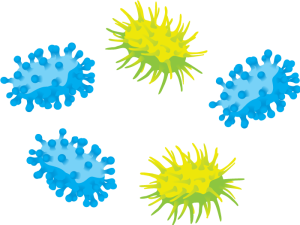
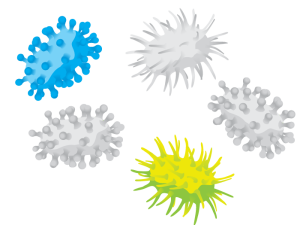
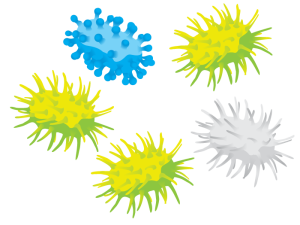
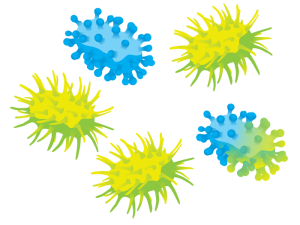
With new rules restricting the number of of antimicrobial options available for veterinary use and eliminating the use of antimicrobials for production purposes such as feed efficiency and growth promotion, livestock producers will need to find alternative measures to raise efficient and profitable livestock.
There is no “silver bullet” to replace medicated feed and water. Instead producers will have to strengthen the use of a variety of techniques that collectively can replace the benefits of antimicrobials for reducing disease risk, promoting health and supporting growth performance. Examples of key measures include:
For operations reducing antimicrobial use, animal health and welfare is still first and foremost. Part of a successful approach is applying best practices for on farm management to create an environment where disease risk is as low as possible and where the animals are well supported.
Cleanliness is critical. More work and focus is required on regular washing and intense disinfecting of pens and rooms housing animals. Strict biosecurity protocols must be observed. Overall, strong monitoring and proactive approaches to addressing potential issues are important. Further essential measures include enhanced use of vaccines; training programs and education efforts for producers and service technicians; and strengthened veterinary relationships and oversight.
Operations also need plans in place to allow for antimicrobial use when needed. Even if operations are doing everything right to minimize the need for antibiotics, no system is bulletproof. Animals sometimes get sick and treating illness is a responsible part of animal care. When this happens producers can work with animal health experts and veterinarians to determine if an antibiotic is needed. For cases where antibiotic use disqualifies the animal from an antibiotic-free market, it's important to have a ‘Plan B’ in place to direct those animals to a different market.
Optimizing stocking densities is one key approach that helps support a low disease risk environment and health, high performing animals. Improvements and innovations in housing systems are helping operation to achieve improved results. More space and ease of movement for the animals means lower disease risk and an easier environment to keep clean and biosecure.
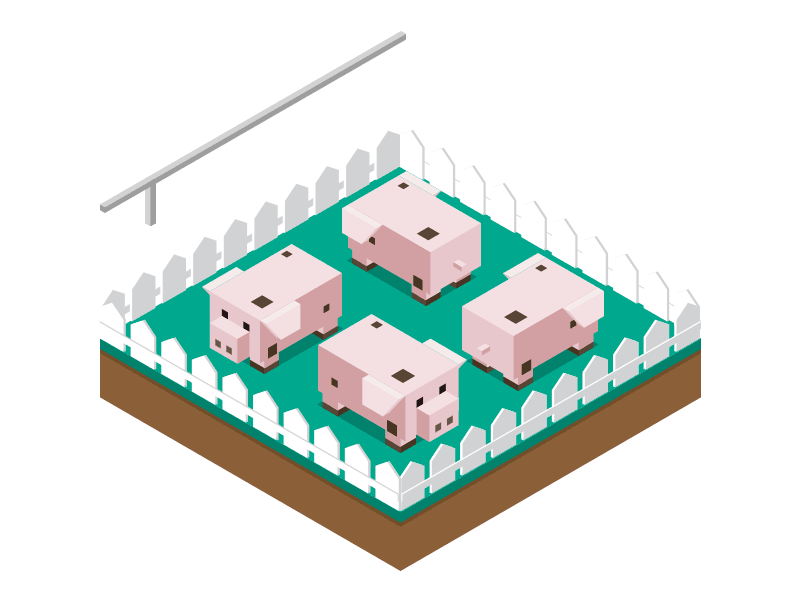

Genetic advances are another important factor increasingly playing a role. Animals are becoming more robust and able to be productive at a higher level without reliance on antimicrobials. Incremental improvements are expected to continue with ongoing science.
One of the best ways to help support the transition to reduced antimicrobial use is to strengthen nutrition approaches. This is becoming a greater focus supported by advances in science-based knowledge and related improvements in sophistication and precision of nutrition strategies.
As livestock operations increasingly shifting to natural, more efficient, bio-based approaches for elite level animal care and performance, innovations in nutrition are quickly rising to the forefront as a top ‘game-changing’ factor for the present and future.
Advances in feed and nutrition approaches have always moved at a steady rate, but today both the pace of innovation and the interest in this area is spiking much higher than ever before,” says Darrell Kimmel, manager of Country Junction Feeds. “The bottom line for farmers and ranchers is more choice, better options, and more opportunities to get more value out of feed to greatly strengthen their results.
In addition, the use of bio-based feed additives technologies such as enzymes, nucleotides and yeasts can support optimal nutrition and related health and performance, helping operations to maintain and even greatly improve results while transitioning away from antimicrobial use.
The latest new feed science technology solutions provide a major cornerstone for integrated strategies targeted reduced or removed antimicrobial use. Bio-based feed additives fit the “new world” of consumer, regulatory and marketplace demands - they are the type of input that is increasingly preferred and desired as a sustainable, innovative and positive production tool.